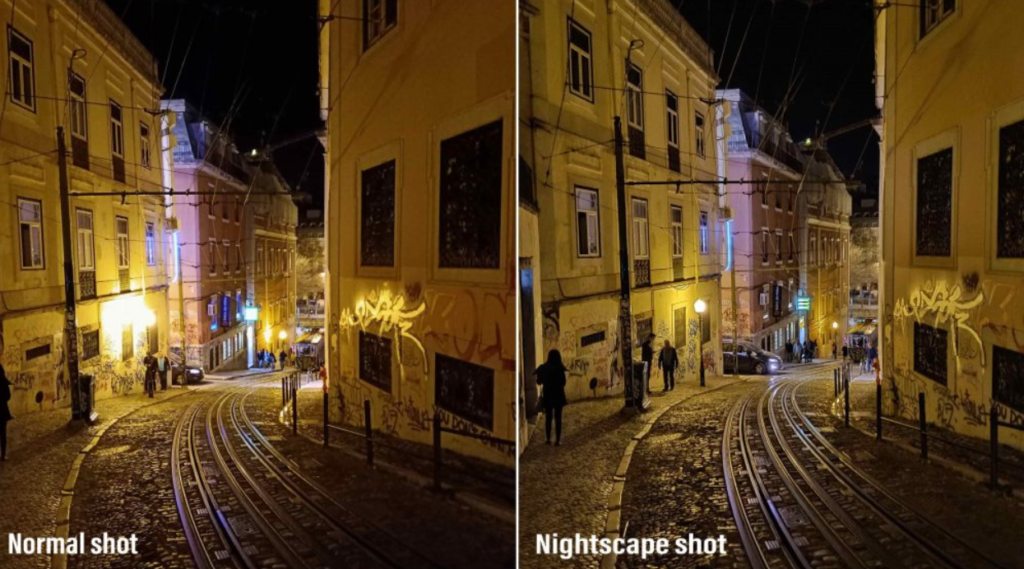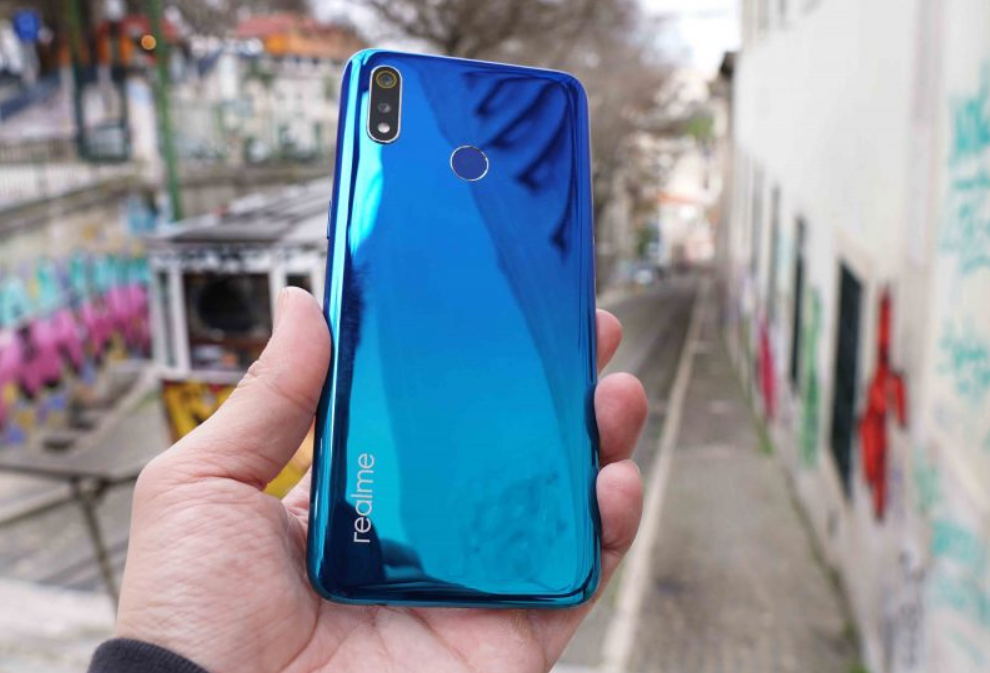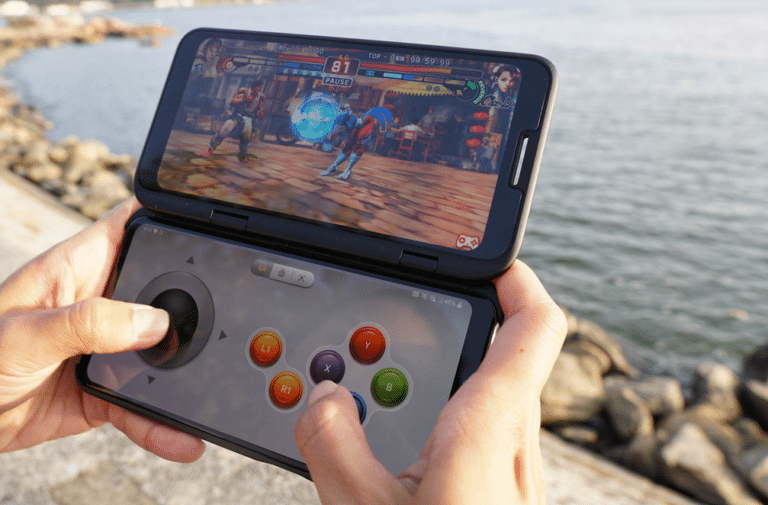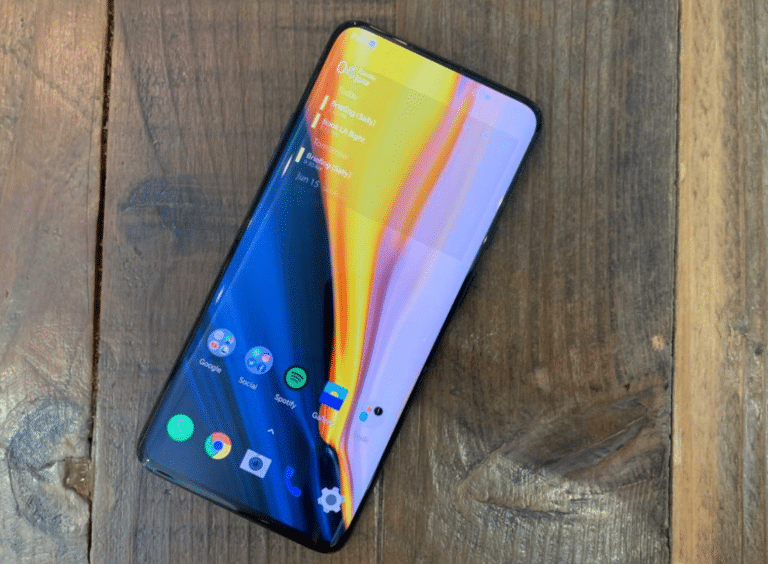Realme 3 : The New Budget King At US$150
- What’s good? Phones that cost less than US$200 usually suck. This one, which costs, $150, doesn’t. Let that sink in for a bit. For the price of one iPhone XS or Samsung Galaxy S10 you can buy five of these and eat a nice dinner. This phone is also an endurance beast, with its 4,230 mAh battery
- What’s bad? The phone is only on sale in India and Southeast Asian markets, so if you want one and you live in Europe or North America or Japan, you’ll have to import and pay a premium. Also this phone charges via Micro-USB port
Once upon a time not too long ago, budget smartphones — I’m talking under US$200 — were, to put it mildy, trash. They usually had cheap build quality; laughably underpowered processors; something like 2GB of RAM which results in laggy software.
But then Chinese brands began competing, and they are going hard. The constant oneupsmanship between brands — in pricing, features offered, raw specs — meant the value proposition of smartphones have gotten better and better, because the old adage “when brands compete, consumers win” is definitely true. A few years ago, there was a clear gap between a mid-tier US$400 phone and a new Galaxy Note or iPhone. Now? A US$400 Vivo V15 Pro or Xiaomi Mi Mix 3 is almost just as good as the iPhone XS or Galaxy S10 in normal day-to-day performance. Chinese phones have closed the gap between US$400-$600 phones and Apple/Samsung’s $1,000 phones.
And since US$400 Chinese phones have gotten so good, brands can’t pump out underpowered meh handsets at the budget range and expect consumers not to revolt, and so we have brands like Honor, Poco, Realme competing hard here too. And the Realme 3, which was launched today in India and will sell in Southeast Asian markets, is the new budget king.
I’m serious. Throughout my two-weeks of testing, I kept saying myself, “damn I can’t believe this phone is only a hundred fifty bucks.”
Let’s talk numbers
Okay let’s get the specs out of the way: The Realme 3 has a 6.2-inch display with a resolution of 1520 X 720. That puts it just north of 720p but not quite 1080p. There’s still enough pixels here for a relatively sharp screen, though if you put this LCD screen side by side next to something like a Galaxy S10 you’ll see the difference. The Realme 3 is powered by a MediaTek Helio P60, with 4GB RAM and 64GB of internal storage. In terms of camera hardware you have a 13-megapixel main camera with f/1.8.
aperture, and a secondary 2-megapixel depth sensor. The selfie camera is also a 13-megapixel shooter.

Photo by Bin
The look and feel of the phone in terms of design and build quality is good for a budget device, but as someone who’s used to handling more expensive devices, the plastic back obviously doesn’t feel as nice as a glass/aluminum/ceramic body.
The battery inside is a 4,230 mAh cell, and it is among the largest in any normal sized smartphone right now. Between the not too hi-res screen, Android 9 software and this battery size, the Realme 3 has epic battery life.
In terms of doing normal smartphone things, the Realme 3 is capable. That display looks fine, though max brightness is a little bit low, and overall performance is smooth. There’s only one bottom-firing speaker grille and it’s a bit flat, but the phone has a headphone jack. Also, the phone charges via Micro-USB, which is something I killed the Vivo V15 Pro for, but considering this phone costs US$150, I’m not going to complain.
Performance: cameras way better than it had any right to be
So where budget phones usually fall short is camera performance, and it is here the Realme 3 shines — provided you’re willing to wait. I say this because when taking normal photos in auto mode, the camera is just okay, but Realme has imported Oppo’s “nightscape” night mode feature over. This is similar to Huawei’s night mode introduced last year, in which the phone’s software uses AI algorithms to splice together image data from multiple images captured in quick succession to produce one image that is better balanced and more well-lit.
Let’s look at samples. This first image is a normal shot.
And here is the same shot, captured at the same time, with “nightscape” on.
Here’s another set. Notice that the street lamps and small storefront light are overexposed in the normal shot, while on the “nightscape” mode image is better balanced. Though there is major oversharpening going on.
Realme says this is the first phone in this price range to offer a night mode. I found that using “nightscape” mode during the day or in spaces with a lot of lights can really make an image more vibrant too.
A Chinese Android skin that’s good
The Realme 3 runs Android 9 with Oppo’s ColorOS software on top and version 6 makes some drastic improvements. Cheif among which is that ColorOS now offers an app tray! This means all new Realme and Oppo phones have app drawers going forward, putting the whole system more in line with how Google envisions Android.
There are still some Oppo/Realme software additions, such as a shortcut menu that can be triggered by swiping from the sides of the display, like Samsung’s edge panels. ColorOS’s swiping navigation is also way better than stock Android’s version. In all, I have no complaints about ColorOS, which is the first time I can say this.
So yeah, like I said earlier, for US$150, you can’t really complain about the Realme 3. The way Chinese phones made mid-tier handsets as good as flagships, it is now making budget phones as good as mid-tier phones used to be. As brands continue to compete, we can get more and more for our dollar.



